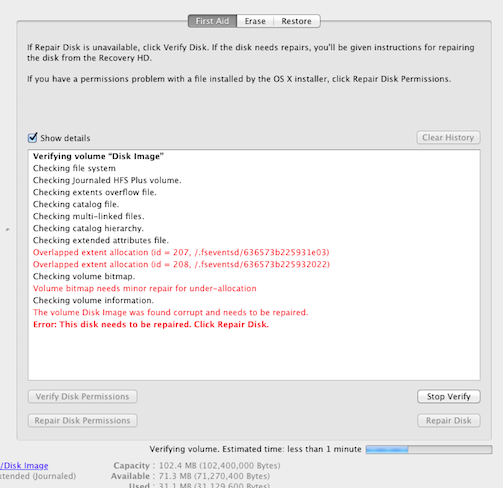

(This creates a temporary replacing device which becomes a parent to the old and new disk when the resilver completes, the replacing device is removed from the device tree and it looks like the new device was there all along.) Once the resilver completes, the old disk can be removed from the system. Operationally, you'd hook up the new disk along with the old, and then zpool replace the old disk with the new one. To replace a device with a new one, the new device needs to be at least as large as the old one. It's the normal way of growing a ZFS pool when you have a pool layout that you are happy with. This is what you're discussing in your question. In other words, every vdev needs to be at least DEGRADED for the pool to function.

Once you've added a vdev to a pool, you basically cannot remove it without recreating the pool from scratch.Īll vdevs in a pool need to be above their respective redundancy thresholds for the pool to be importable. ZFS won't rebalance your stored data automatically, but it will start to write any new data to the new vdevs until the new vdev has about the same usage as the existing one(s). It's done with zpool add (which has basically the same syntax as zpool create does for specifying storage), and it works well for what it does. This is what user1133275 is suggesting in their answer. There are basically two ways of growing a ZFS pool.


 0 kommentar(er)
0 kommentar(er)
